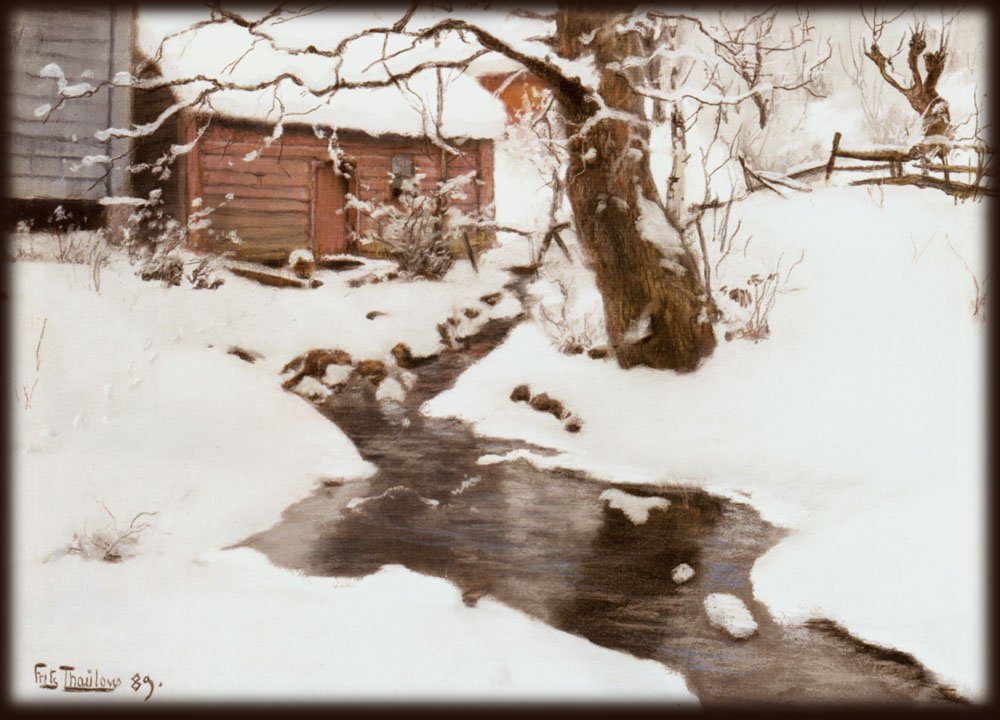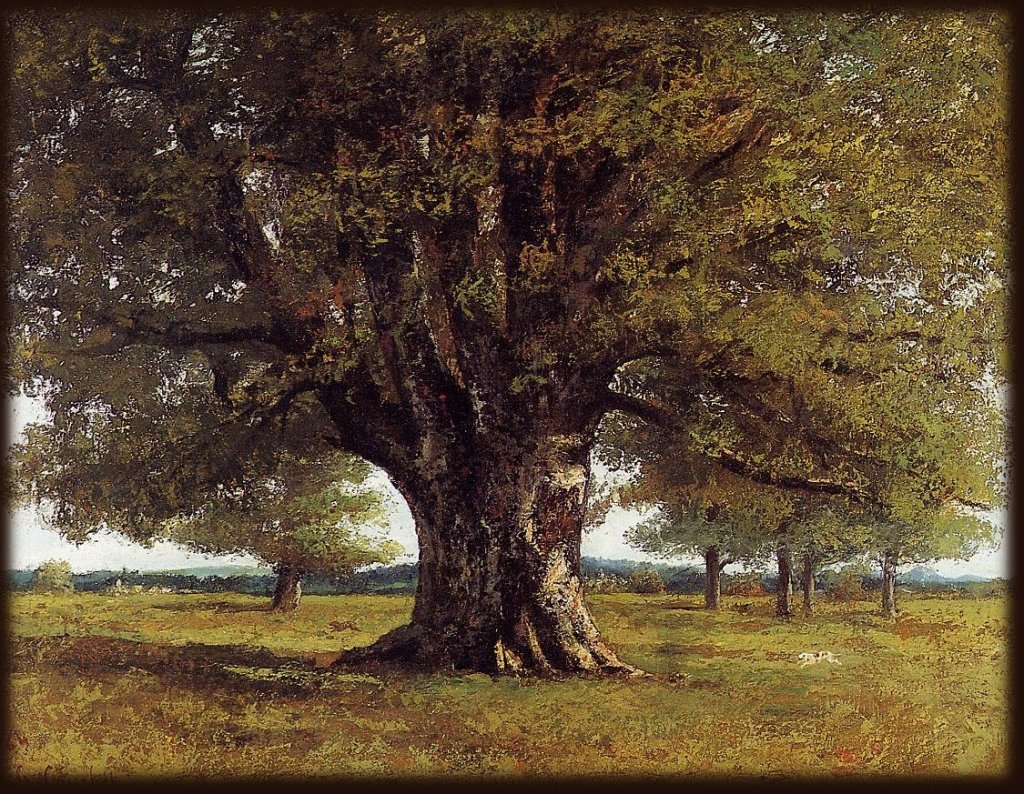
Eirik Meinstad drained the last of his Yule ale. He cocked a brow at Targei Skoland who had edged around to the far side of the festivities to check out the keg.
Targei straightened, shaking his head.
Down to the last dregs? Eirik grimaced. Stingy hosts. You never got a decent amount of drink at these stodgy country celebrations. He threw a dark glance at old Hans Brekke up at the head table, still telling stories of the old days. Stingy Hans.
Targei came back to Eirik’s table. That fellow from Jønneberg farm trailed along. “Ski over the ridge to Gjuve farm?” Targei suggested. “I think we have enough time to catch their feast.”
“No, they had a bad year,” Eirik said. “They’ll have even less on tap than Old Brekke here.”
Two dairymaids slipped in to join them. “I asked around,” one said. “That’s all the ale they brought up.”
Her friend added, “No more to be had unless you want to break into the cellar.”
“Or take the nisse‘s portion.”
Eirik and Targei looked at each other and grinned. “They never caught on, over at Loftsgarden,” Eirik said.
“Caught on about what?”
“Everyone knows Kristens Loftsgarden leaves generous offerings for the local nisse every single holy day, and a bowl of buttermilk whenever she churns butter,” Targei said.
Eirik grinned. “We got ourselves invited to Loftsgarden for Yule last year. We hid behind the holy oak. After she left the Yule ale and brandy, Targei and I became quite merry.”
“Once we’d emptied the bowls,” Targei said, “we left them full again. Our own offering.”
The guy from Jønneberg sniggered.
“I hear after Søren Loftsgarden found the refilled bowls, he forbade his wife from putting out offerings for the nisse,” Eirik said. “Not even a slurp. But she pays him no heed.”
“Superstitious woman!” one of the dairymaids snickered.
“Who still believes in nisse-folk?” the other maid scoffed.
Eirik stood. “Well, who’s in with me? We can’t let that good ale go to waste out there!”
“We won’t need to hide behind our holy oak,” the blonde maid said with a grin. “Everyone says it has enough space inside for six!”
“Can’t do that,” Tarjei said. “They’d see our tracks going in.”
“How do we find it?” Eirik asked.
“I’ve been there,” said the other dairymaid. “I’ll lead the way. Skis on! Meet me by the haybarn.”

The five young folk skied a roundabout path up the hill, hiding their tracks. Once the hulking oak came into sight, they huddled in a spruce thicket with clear view of the path coming up from the farm. Snow fell, soft but steady. Stifling giggles, the scoundrels watched the lady of the farm and a servant trudge to the base of the gargantuan trunk, set out bowls, and pour them full.
The five stayed hidden and silent until they had the hillside to themselves. They scurried across the sleek expanse of new snow, laughing at their cleverness. But when they slid to a stop before the ancient oak, their jesting voices fell silent.
There were no tracks at all except for the lady’s and her servant’s. No one had gotten there before the five of them.
But the bowls sat empty.
From the depths of the hollow oak came the softest chuckle and a belch.

Combining elements of folktales from Gjuve, Brekke, Jønneberg, and Loftsgarden farms in Telemark, Norway.
text: © 2021 Joyce Holt
artwork: 19th century painting: in the public domain, according to these sources:
wikiart: “This artwork is in public domain in its country of origin and other countries and areas where the copyright term is the author’s life plus 70 years or less.”
wikipedia: “This work is in the public domain in its country of origin and other countries and areas where the copyright term is the author’s life plus 100 years or fewer.”
{{PD-US-expired}} : published anywhere (or registered with the U.S. Copyright Office) before 1926 and public domain in the U.S.